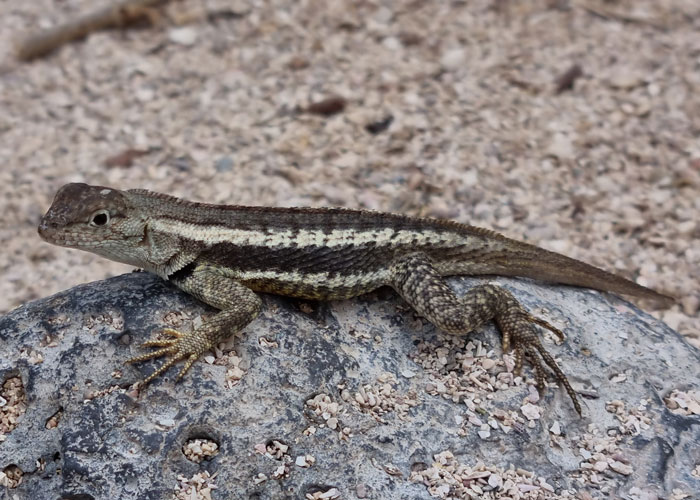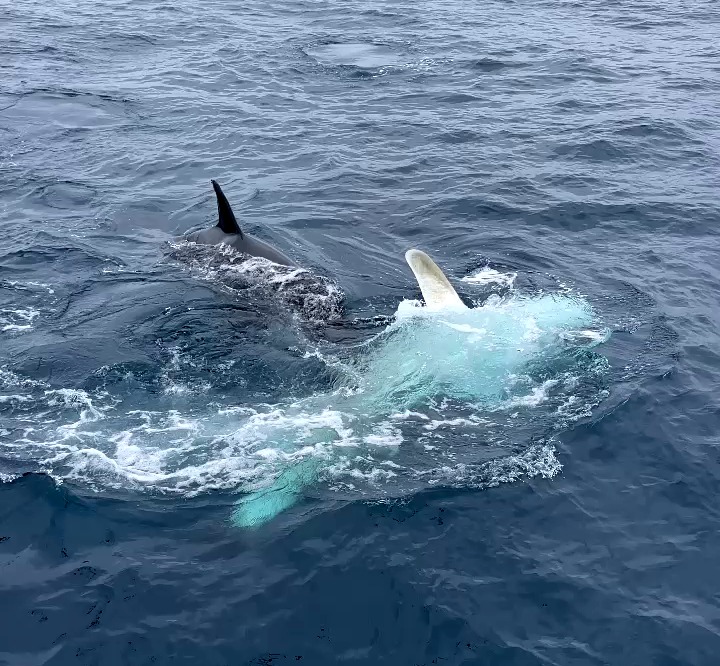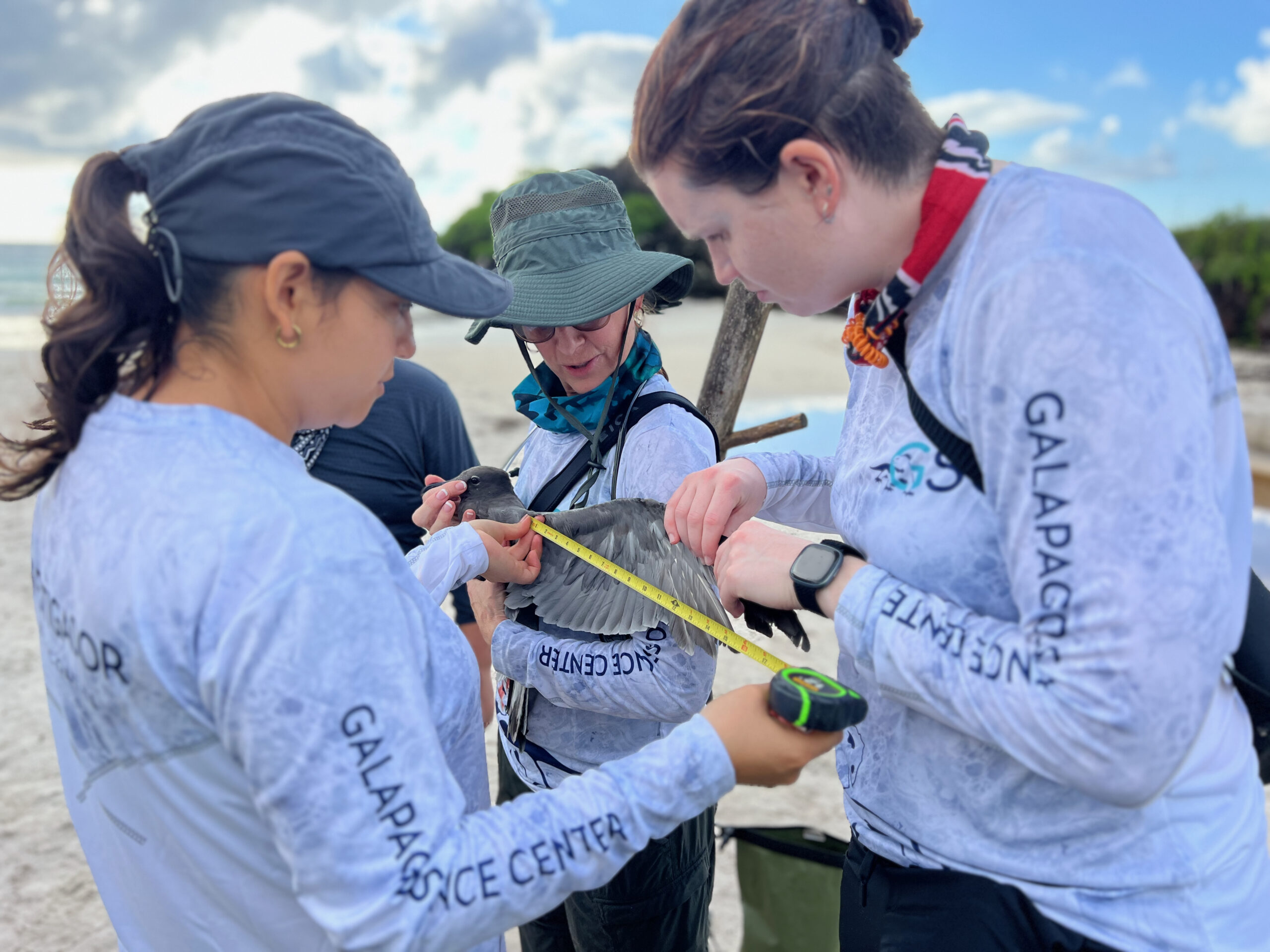Haematology and biochemistry of the San Cristóbal Lava Lizard (Microlophus bivittatus)
The San Cristóbal lava lizard, Microlophus bivittatus, is one of nine species of lava lizards endemic to the Galápagos Islands of Ecuador. No information presently exists about baseline health parameters for any of these species.
We analysed blood samples drawn from 47 lizards (25 males and 22 females) captured at two locations on San Cristóbal Island. A portable blood analyser (iSTAT) was used to obtain near-immediate field results for total CO2, lactate, sodium, potassium, ionized calcium, glucose and haemoglobin. Standard laboratory haematology techniques were employed for differential white blood cell counts and haematocrit determination. Body temperature, heart rate and body measurements were also recorded. We found significant differences in haematocrit values between males and females. The values reported in this study provide baseline data that may be useful in detecting changes in health status among lava lizards affected by natural disturbances or anthropogenic threats. Our findings might also be helpful in future efforts to demonstrate associations between specific biochemical or haematological parameters and disease. Because there are several related species on dif- ferent islands in the Galápagos archipelago, comparisons between populations and species will be of interest.






